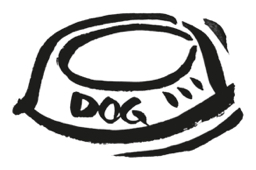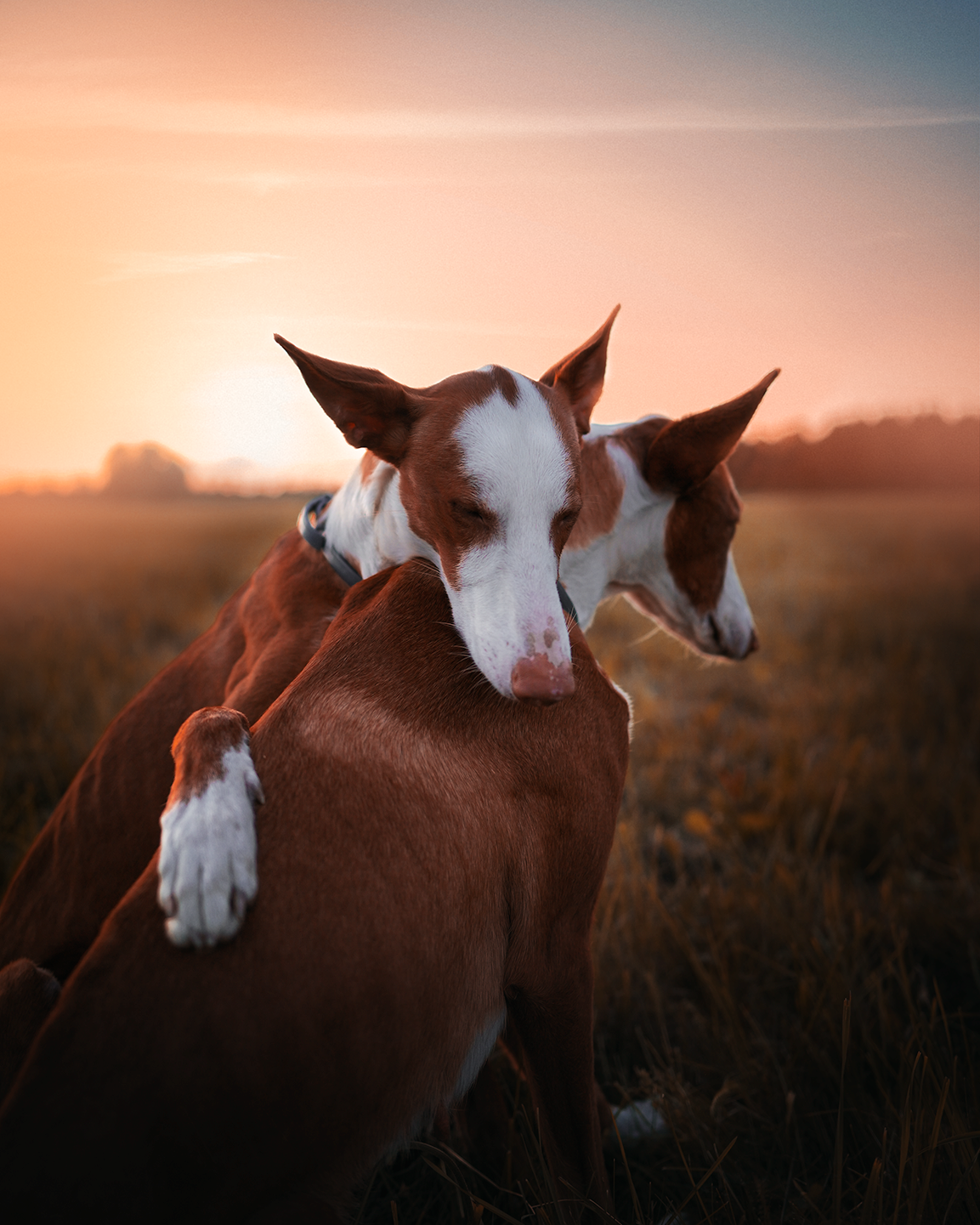HELP, MY DOG WON’T EAT ANYTHING!
01.11.2021


Although loss of appetite is a serious issue and an indicator of several diseases, some four-legged pals refuse food simply to play with their owner’s nerves.
In doing so, our smart friends try to wheedle out “nightingale tunes” and “veal fillets” with their behavior. It must be admitted that quite often they succeed. Why? Because usually, when a dog doesn’t eat, the owner starts adding better supplements to the kibble or switches to offering veal fillets altogether, finally providing the dog with what they want.
Tips for increasing a dog’s appetite
So, if you’re sure your dog isn’t sick and is just raising the stakes by wrinkling its nose to get even better and more delicious food in its bowl, stand your ground! Your dog will likely win this game with its moist nose and adorable eyes. Remember that while hunger is often a good appetite booster, some dogs are so strong-willed that they can actually put themselves in a precarious situation by starving. But how to get a picky dog to eat?
Let the dog earn its food.
Abandon the classic food bowl for a while and feed the dog only by hand, for example, while training the dog. By doing this, you increase the dog’s food motivation because the food isn’t just lying “idle” in the bowl; the dog has to actually work for it. Like a reward!
Increase your pet’s activity!
You won’t feel like eating properly if you’ve been lounging on the couch all day. A day spent being active, whether it’s a long hike, a fun sniffing trip in the city, obedience or agility training, or something else entirely, one thing is certain – any activity that gets the body moving empties the stomach quite effectively.
Note! When increasing your pet’s workload, consider the dog’s age, breed, and fitness level. Under no circumstances should you abruptly increase the dog’s workload because doing so puts a heavy load on the dog’s heart and/or joints.
Reduce giving treats and other additional feeding.
This is especially important for small dogs because they can reach their daily food allowance relatively quickly. A small treat here, a small bite there. A chewy snack for lunch, generously shared cutlets-sausages during training. It’s entirely possible that the dog has already filled its stomach with snacks by the right mealtime.
Note! To avoid gastric torsion, the dog should not be fed immediately after heavy exertion. It is also not advisable to feed the dog before engaging in active activities.
Add “something good” to the dog’s food.
A picky dog will surely appreciate it if you supplement its kibble bowl with something tasty, such as organic bone broth. Broth is not only healthy but also tastes wonderful. Especially with a selective dog, it’s worth heating the broth slightly before adding it to the kibble because doing so intensifies the scent, and the broth is absorbed more quickly and efficiently into the kibble.